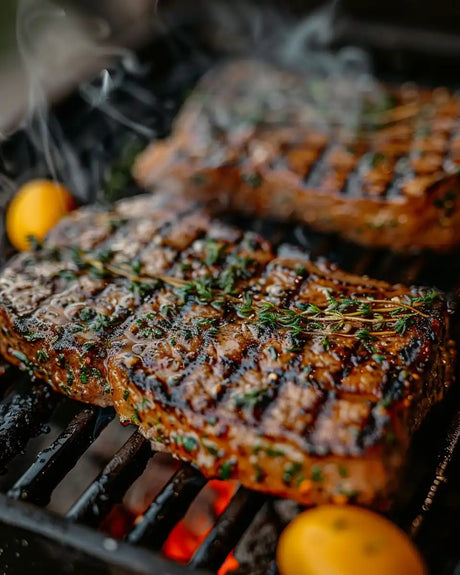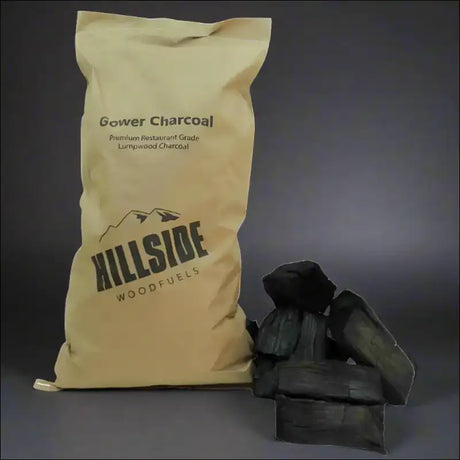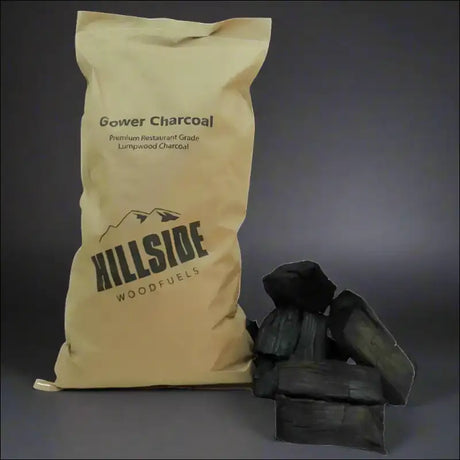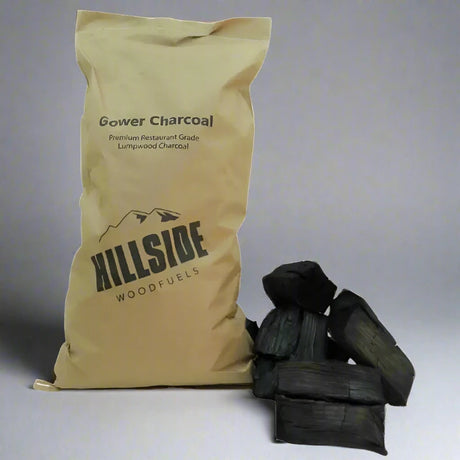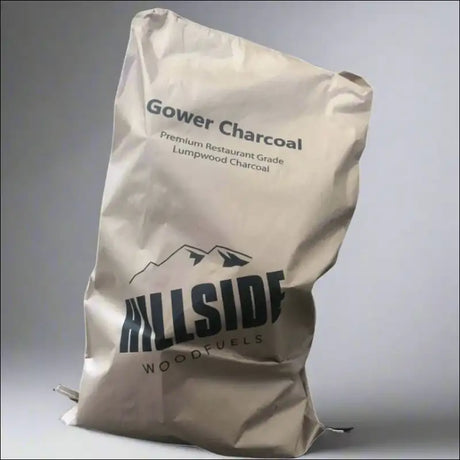Charcoal making is an age-old craft that has been essential to human civilization for thousands of years. This versatile fuel has played a crucial role in our daily lives, from heating homes to cooking food. In this article, we'll explore the fascinating world of charcoal production, diving deep into traditional methods and modern techniques. Whether you're curious about the process or interested in making your own charcoal at home, we've got you covered.
What is Charcoal and Where Does It Come From?

Before we delve into the intricacies of charcoal making, let's understand what charcoal actually is. Charcoal is a lightweight, black carbon residue produced by heating wood or other organic materials in the absence of oxygen. This process, known as pyrolysis, removes water and other volatile constituents from the wood, leaving behind a carbon-rich substance.
Charcoal primarily comes from wood, though other organic materials can be used. Different types of wood can be used to produce charcoal, each imparting unique characteristics to the final product. Some of the best woods for making charcoal include:
- Oak
- Maple
- Hickory
- Beech
- Birch
These hardwoods are preferred due to their density and high carbon content, which results in a longer-burning, higher-quality charcoal.
Traditional Charcoal Making: A Time-Honored Craft
Traditional charcoal making is a skill that has been passed down through generations. The process, while time-consuming, is relatively simple and has remained largely unchanged for centuries.
The Earth Kiln Method
One of the oldest and most widespread techniques for producing charcoal is the earth kiln method. Here's a step-by-step breakdown of this traditional process:
-
Wood preparation: The first step involves gathering and cutting wood into manageable pieces, typically 1-2 feet in length.
-
Building the kiln: A circular pit is dug in the ground, or a mound is created using earth and turf.
-
Stacking the wood: The wood is carefully stacked in the kiln, starting with a central chimney and building outwards in a dome shape.
-
Covering the stack: The wood pile is covered with a layer of leaves, grass, or straw, followed by a thick layer of soil, leaving small air vents at the base.
-
Ignition: The kiln is lit from the top, and the fire slowly spreads downwards.
-
Monitoring and control: The charcoal maker carefully controls the airflow by adjusting the vents, ensuring a slow, oxygen-starved burn.
-
Cooling and harvesting: Once the process is complete (which can take several days), the kiln is allowed to cool before the charcoal is harvested.
This method, while labor-intensive, produces high-quality charcoal and has been used for centuries across different cultures.
Modern Charcoal Production: Efficiency Meets Tradition

While traditional methods are still used in many parts of the world, modern charcoal production has evolved to meet increasing demand and environmental concerns.
Industrial Retort Systems
Large-scale charcoal production often employs retort systems, which are more efficient and environmentally friendly than traditional methods. These systems use external heat sources to carbonize wood in sealed chambers, allowing for better control of the process and the capture of volatile by-products.
Continuous Carbonization Kilns
These kilns operate on a continuous basis, with wood being fed in at one end and charcoal extracted from the other. This method allows for higher production volumes and more consistent quality.
How to Make Charcoal at Home: A DIY Guide
For those interested in producing charcoal on a smaller scale, it's possible to make your own at home. Here's a simple method you can try:
-
Gather materials: You'll need hardwood scraps, a metal container with a tight-fitting lid (like a paint can), and a heat source (such as a campfire).
-
Prepare the wood: Cut the wood into small pieces that fit inside your container.
-
Pack the container: Fill the container with wood, leaving a small space at the top.
-
Create ventilation: Punch a small hole in the center of the lid for smoke to escape.
-
Heat the container: Place the sealed container in your heat source and let it heat up for about 3-4 hours.
-
Cool and harvest: Once the smoke from the hole turns from white to blue (indicating the end of the process), remove the container and let it cool completely before opening.
Remember, safety should always be your top priority when working with fire. Ensure you're in a well-ventilated area and have appropriate safety measures in place.
The Science Behind Charcoal Making
Understanding the science of charcoal production can help you appreciate this ancient craft even more. The process of converting wood to charcoal involves several stages:
-
Dehydration: As the wood heats up, moisture is driven out.
-
Pyrolysis: At higher temperatures (around 280°C), the wood begins to break down, releasing volatile compounds.
-
Carbonization: Above 400°C, the remaining material is primarily carbon, forming charcoal.
This process results in a product that's almost pure carbon, explaining charcoal's excellent fuel properties.
Best Practices for Charcoal Making
Whether you're making charcoal on a small scale at home or running a larger operation, there are several best practices to keep in mind:
-
Wood selection: Choose dense hardwoods for the best quality charcoal. Learn more about wood selection for BBQ here.
-
Proper drying: Ensure your wood is well-dried before carbonization. This improves efficiency and quality. Find out more about wood drying here.
-
Temperature control: Maintain the right temperature range throughout the process for optimal carbonization.
-
Oxygen management: Control oxygen levels carefully to prevent complete combustion of the wood.
-
Cooling time: Allow sufficient cooling time before harvesting to ensure complete carbonization and prevent reignition.
-
Storage: Store charcoal in a dry place to maintain its quality. Learn about proper charcoal storage here.
Environmental Considerations in Charcoal Making
While charcoal has been a valuable resource throughout history, its production can have significant environmental impacts. Deforestation and air pollution are major concerns associated with traditional charcoal making methods.
However, sustainable charcoal production is possible and increasingly important. This involves:
- Using wood from sustainably managed forests
- Employing efficient production methods that minimize waste and emissions
- Exploring alternative raw materials, such as agricultural waste
As consumers, we can contribute to sustainability by choosing charcoal products from responsible sources. Read more about sustainable wood sources here.
The Versatility of Charcoal: Beyond the BBQ
While many of us associate charcoal primarily with grilling, its uses extend far beyond the barbecue. Here are some interesting applications of charcoal:
-
Water filtration: Activated charcoal is commonly used in water purification systems.
-
Soil amendment: Charcoal can improve soil quality and plant growth.
-
Art and drawing: Charcoal has been used as a drawing medium for centuries.
-
Metallurgy: Charcoal plays a crucial role in metal smelting and refining.
-
Medicine: Activated charcoal is used in some medical treatments, particularly for poison absorption.
Discover more about the diverse uses of charcoal here.
Conclusion: The Enduring Legacy of Charcoal Making
From its humble beginnings in ancient earth kilns to modern industrial production, charcoal making has come a long way. Yet, the fundamental process remains the same – transforming wood into a powerful, versatile fuel through the magic of fire and careful control.
Whether you're firing up the BBQ for a summer cookout or exploring traditional crafts, understanding the art and science of charcoal making adds a new dimension to your appreciation of this everyday material. So the next time you light up your grill or snuggle by a cozy fire, take a moment to marvel at the millennia of human ingenuity and tradition embodied in those glowing embers.
For more insights into the world of charcoal and wood fuels, check out our other articles:
- The Science of Charcoal: Black Gold for Grilling
- Comparing Types of Charcoal
- The History of Charcoal
- Benefits of Restaurant-Grade Charcoal
Happy charcoal making!


